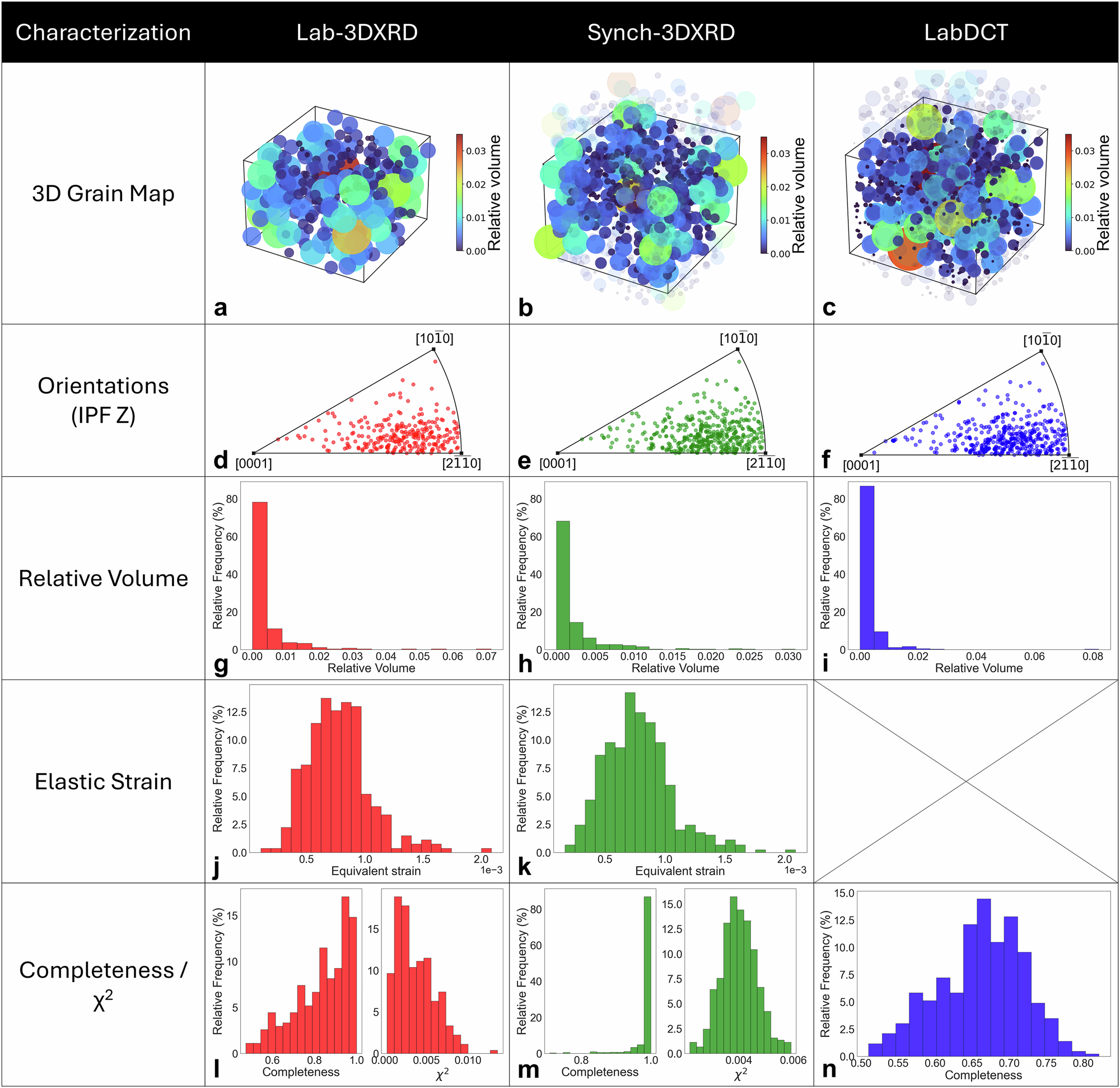2025-04-30 ペンシルベニア州立大学(PennState)
<関連情報>
- https://www.psu.edu/news/research/story/rapid-lithium-extraction-eliminates-use-acid-and-high-heat-scientists-report
- https://www.sciencedirect.com/science/article/abs/pii/S1385894725004607
NaOH焙焼と水浸出を用いたα-スポジュメンからの直接リチウム抽出 Direct lithium extraction from α-Spodumene using NaOH roasting and water leaching
H.C.S. Subasinghe, Mohammad Rezaee
Chemical Engineering Journal Available online: 16 January 2025
DOI:https://doi.org/10.1016/j.cej.2025.159661
Graphical abstract

Highlights
- Converted α-spodumene to water-soluble phases via relatively low-temperature NaOH roasting.
- Two-stage NaOH roasting (at 325 °C) and room temperature water leaching extracted over 99 % Li.
- Process kinetics of roasting and water leaching were studied at optimum conditions.
- The shrinking core model governed the roasting process followed by swift water leaching kinetics.
- Eliminated the need for high temperature (1100 °C) calcination followed by sulfuric acid baking at 250 °C.
Abstract
The conventional method for extracting Li from the primary mineral source of Li (i.e., spodumene) involves complex and energy-intensive processes, including the conversion of naturally occurring α-spodumene to leachable β-spodumene through high-temperature calcination, followed by sulfuric acid baking, and water leaching. To address the economic and environmental challenges associated with the conventional method, this paper presents a patent-pending process for the direct extraction of Li from α-spodumene. This innovative method entails low-temperature roasting with NaOH to convert α-spodumene to water-soluble Li-bearing phases, from which Li is recovered through water leaching. This paper studies the process chemistry, thermodynamics, and kinetics, and further optimizes its parameters to maximize Li recovery. The roasting process promoted the alkali-silica reaction at about the melting temperature of NaOH (318 °C), producing water-soluble LiNaSiO4 phase, eliminating the need for high-temperature calcination and acid-baking processes. The roasting reaction followed shrinkage core model. The exothermic water leaching reaction exhibited fast kinetics, achieving maximum Li recovery within one minute at room temperature. The regeneration of NaOH radicals during the water leaching yielded product solution with a pH of approximately 13, reducing chemical consumption in downstream purification. Based on the obtained results, a process flowsheet incorporating countercurrent water leaching was developed and validated. The optimized proposed two-stage NaOH roasting and water leaching process resulted in over 99 % Li recovery. This direct Li extraction method from α-spodumene offers a sustainable solution, with significant potential to meet the growing demand for lithium while minimizing the environmental footprint of the conventional extraction process.



